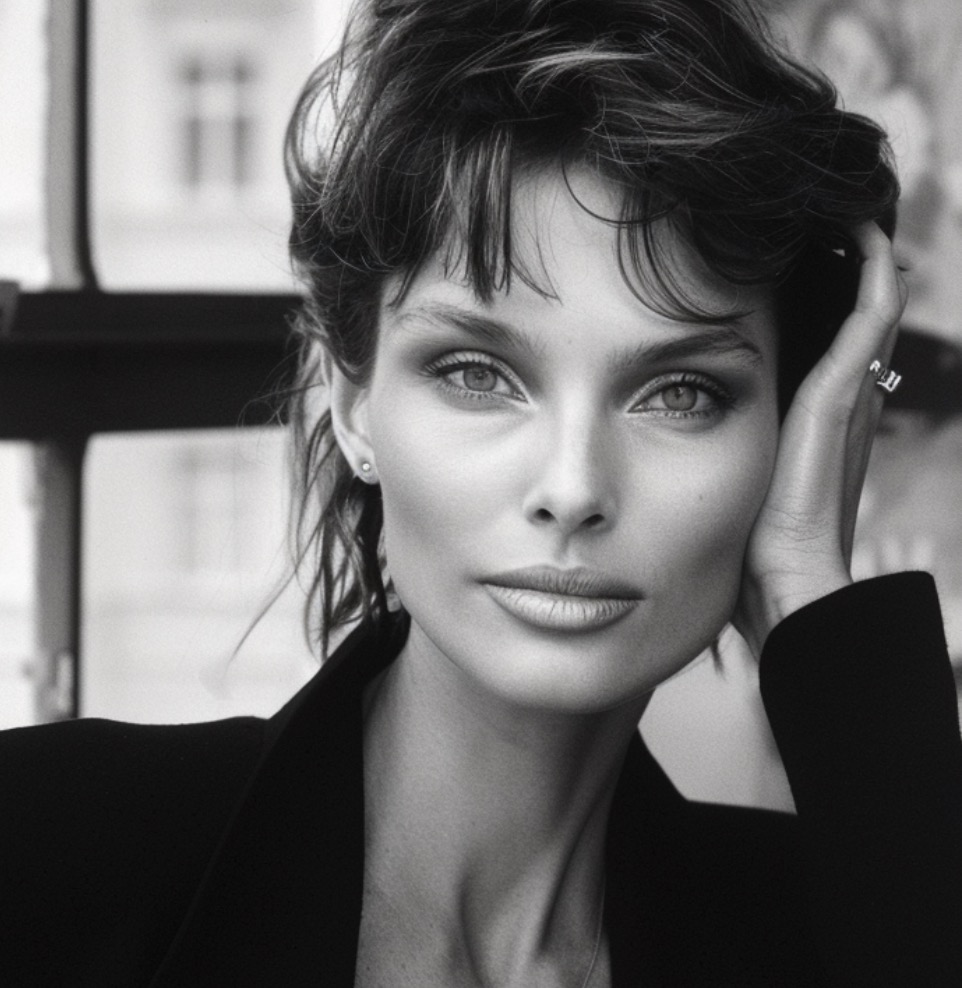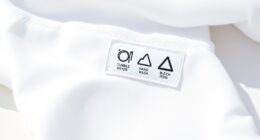Understanding event dress codes helps you choose the right outfit and shows respect for the occasion. Casual attire focuses on comfort and relaxed style, perfect for daytime gatherings, while formal wear demands polished, elegant pieces suitable for evening events, weddings, or galas. Knowing what each dress code really means guarantees you won’t underdress or overdress and helps you feel confident in any setting. Keep exploring to get clear tips on dressing appropriately for any event.
Key Takeaways
- Dress codes range from casual to formal, indicating the level of sophistication and style expected at the event.
- Casual dress is comfortable and laid-back, suitable for daytime or informal gatherings, while formal attire is polished and elegant for sophisticated occasions.
- Understanding the dress code helps avoid underdressing or overdressing, ensuring confidence and appropriateness.
- Common dress codes include Casual, Business Casual, Cocktail, Black Tie, and White Tie, each with specific clothing expectations.
- Attention to detail, such as neat grooming and suitable accessories, enhances your outfit’s alignment with the dress code.

Understanding dress codes for events can feel overwhelming, but knowing what to wear guarantees you’ll look appropriate and feel confident. When it comes to casual attire, the goal is comfort without sacrificing style. Think neat, relaxed clothing like jeans, polos, simple dresses, or blouses paired with flats or clean sneakers. Casual doesn’t mean sloppy; it’s about choosing outfits that are laid-back yet put-together. If you’re attending a daytime gathering or a casual dinner, opt for these options to stay comfortable while respecting the event’s relaxed vibe. Keep accessories minimal and avoid overly flashy or revealing pieces unless the occasion calls for a bit of personal flair. For more formal occasions, you’ll want to elevate your outfit choices to match the event’s level of sophistication.
On the other hand, formal wear demands a different approach. Formal events, such as weddings, galas, or black-tie dinners, require more polished and sophisticated attire. Men typically wear tuxedos, dark suits, or dress slacks paired with a crisp shirt and a tie. Women often choose elegant evening gowns, cocktail dresses, or sophisticated separates complemented by refined accessories and heels. The key is to look polished and elegant, ensuring your outfit aligns with the event’s level of formality. When in doubt, leaning toward more classic, tailored options helps you avoid underdressing. Remember, formal wear isn’t just about the clothes; it’s about the overall presentation—well-fitted garments, neat hair, and subtle makeup can elevate your look. Additionally, understanding the appropriate accessories and footwear can further enhance your outfit and ensure you meet the event’s dress code expectations.
Knowing the difference between casual attire and formal wear is essential because it guides your outfit choices and prevents awkward moments. For less formal events, dressing casually shows you respect the relaxed atmosphere, while for formal occasions, dressing appropriately demonstrates your understanding of the event’s significance. If a dress code isn’t explicitly specified, it’s safer to lean towards more polished options—think smart casual or business casual—rather than risking being underdressed or overdressed. Understanding these distinctions helps you avoid the stress of last-minute outfit changes and ensures you’ll feel comfortable and confident throughout the event. Ultimately, paying attention to dress codes shows respect for the hosts and helps you make a positive impression, no matter the occasion. A good understanding of dress code guidelines can greatly simplify your outfit planning and boost your confidence.
Frequently Asked Questions
Can I Wear Sneakers to a Semi-Formal Event?
You can wear sneakers to a semi-formal event if you choose casual footwear that’s sleek and minimalist. Opt for clean, stylish sneakers instead of weekend attire or athletic shoes, which might seem too casual. Keep them in good condition, and consider pairing them with a dressier outfit to strike the right balance. When in doubt, check the dress code or ask the host to avoid any faux pas.
What Accessories Are Appropriate for a Cocktail Attire?
Accessories are your secret weapon in cocktail attire, so choose wisely. Stick to simple, elegant pieces like delicate necklace and matching earrings, known as cocktail jewelry, that enhance your look without overpowering it. Follow accessory guidelines by avoiding overly flashy or bulky items. Think of your accessories as the finishing touch—like the cherry on top—that elevate your outfit while keeping it sophisticated and chic.
Is It Acceptable to Wear Black to a Daytime Wedding?
Yes, you can wear black to a daytime wedding, but consider seasonal factors and cultural expectations. If it’s summer or spring, opt for lighter fabrics and accessories to keep it appropriate and fresh. In some cultures, black may be less traditional, so check the couple’s preferences or the invitation for guidance. Overall, keep your look elegant and respectful, ensuring it aligns with the event’s tone and setting.
How Strict Is the Dress Code for a Business Casual Event?
For a business casual event, the dress code usually isn’t very strict, but there’s still some dress code enforcement. You should aim for a polished look without being too formal—think collared shirts, blouses, khakis, or dress slacks. While there’s some dress code flexibility, avoid overly casual items like sneakers or t-shirts. When in doubt, it’s better to be slightly overdressed than underdressed, showing respect for the occasion.
Can I Mix Patterns With My Formal Wear?
Yes, you can mix patterns with your formal wear, but do so thoughtfully. Keep pattern mixing simple by choosing complementary patterns and sizes, like stripes with polka dots. Balance the look with casual accessories to keep it from feeling too formal or busy. Stick to a neutral color palette to maintain elegance, and avoid overdoing it—less is more when it comes to pattern mixing in formal settings.
Conclusion
Now that you understand each dress code, you’re ready to step into any event with confidence. Think of dress codes as a secret language, whispering what’s expected without saying a word. When you choose your outfit, picture yourself as a key piece in a grand puzzle—fitting perfectly into the scene. With this knowledge, you’ll navigate any occasion smoothly, leaving a lasting impression just like the perfect note in a symphony.









